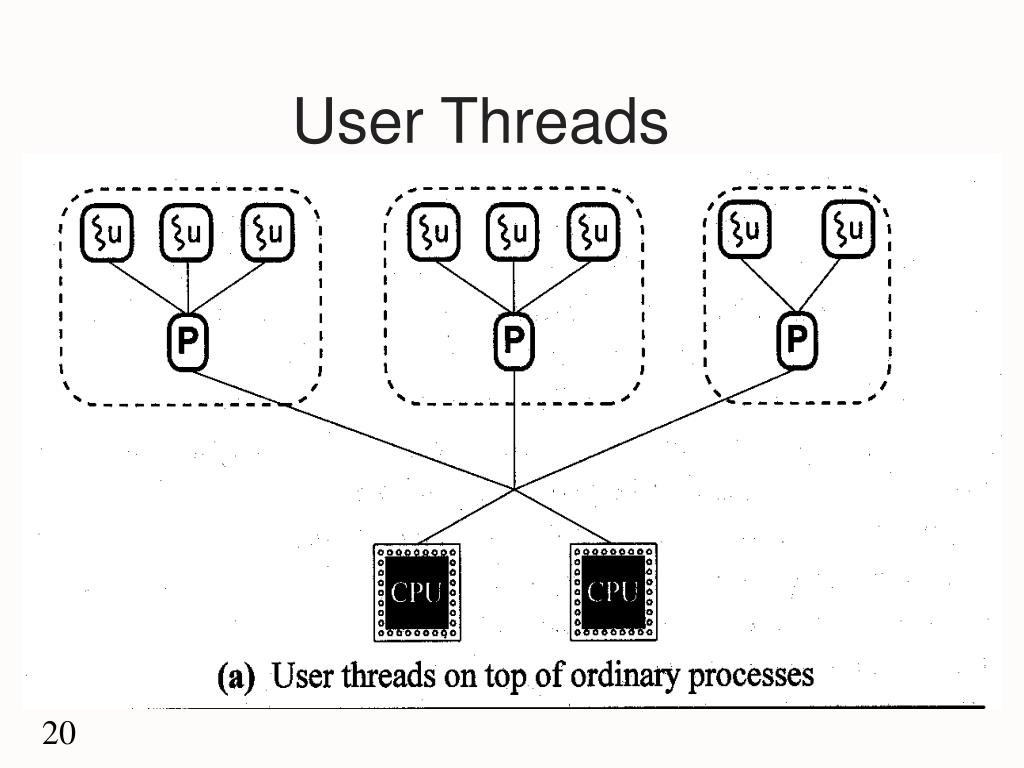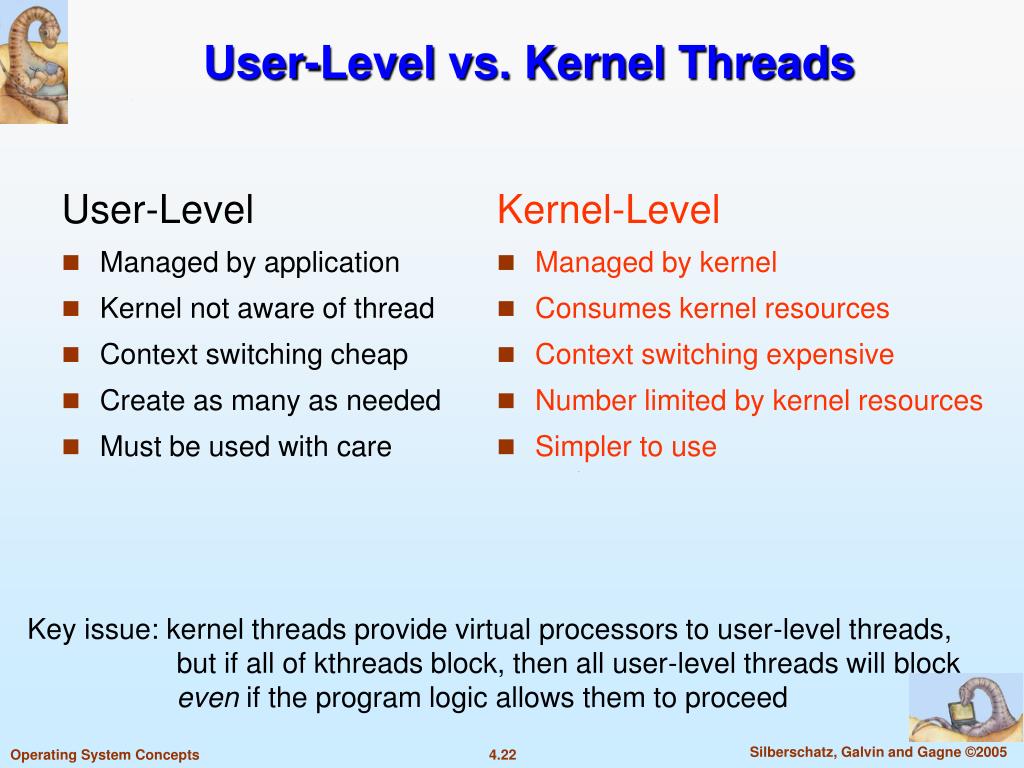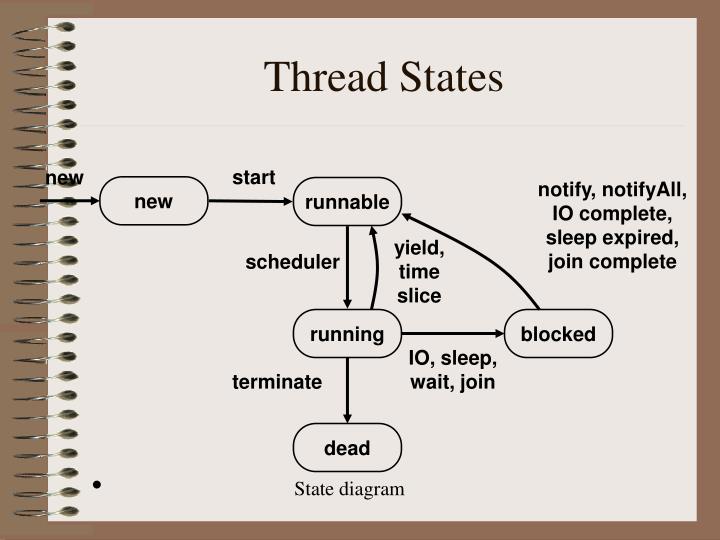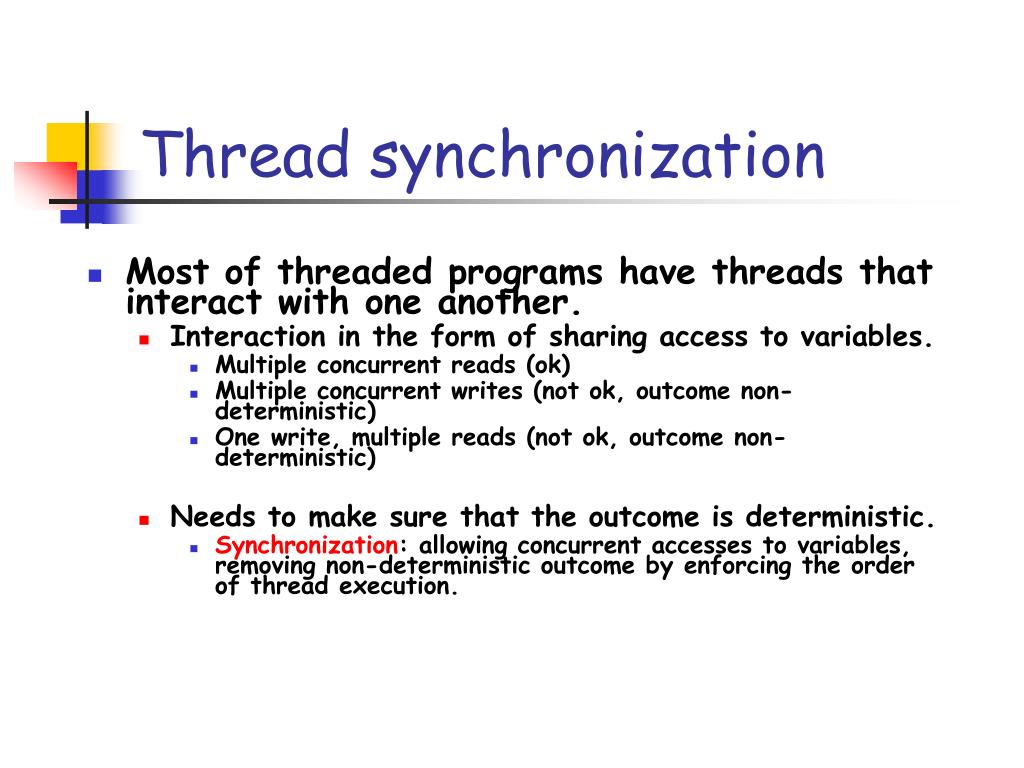Threads In Operating Systems Presentation
| Introduction to Threads | ||
|---|---|---|
| Threads are lightweight processes within an operating system. Threads allow multiple tasks to be executed concurrently. Threads share the same memory space and resources of a process. | ||
| 1 | ||
| Advantages of Using Threads | ||
|---|---|---|
| Threads improve system responsiveness by allowing concurrent execution. Threads can utilize multiple processors, enhancing performance. Threads simplify programming by allowing for easy sharing of data between tasks. | ||
| 2 | ||
| Types of Threads | ||
|---|---|---|
| User-level threads are managed by a thread library in user-space. Kernel-level threads are managed directly by the operating system. Hybrid threads combine characteristics of both user-level and kernel-level threads. | ||
| 3 | ||
| Thread States | ||
|---|---|---|
| Running state: The thread is currently executing instructions. Ready state: The thread is waiting to be assigned to a processor. Blocked state: The thread is waiting for a resource or event to occur. | ||
| 4 | ||
| Thread Synchronization | ||
|---|---|---|
| Thread synchronization ensures orderly execution of concurrent threads. Techniques such as locks, semaphores, and condition variables are used for synchronization. Synchronization prevents issues like race conditions and deadlocks. | ||
| 5 | ||
| Thread Management in Operating Systems | ||
|---|---|---|
| Thread creation involves assigning resources and initializing thread control blocks. Thread scheduling determines which threads are executed when. Thread termination involves releasing resources and deallocating thread control blocks. Remember to include relevant visuals and examples in your presentation to enhance understanding and engagement. | ||
| 6 | ||





